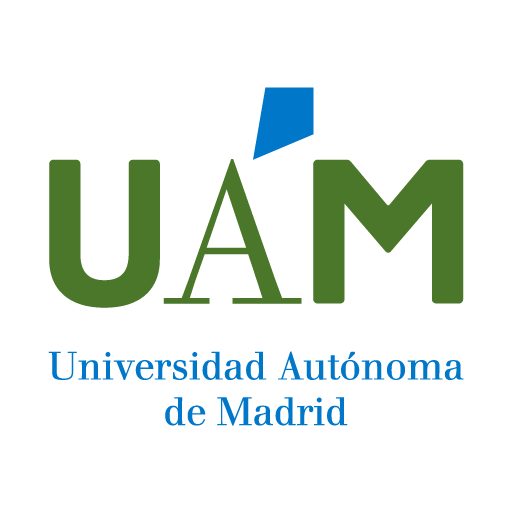
Indexed in
License and use
Grant support
This work has been supported by Comunidad Autonoma de Madrid (project No. S2009/PPQ-1642), Comunidad Autonoma de Madrid/Universidad Autonoma de Madrid (projects No. CCG07-UAM/SEM-1542 and CCG08-UAM/SEM-4074) and Ministerio de Ciencia e Innovacion (projects No. CTQ2008-05775, FIS2009-12964-C05-04 and Consolider No. CSD2007-00010).
Analysis of institutional authors
Casero Junquera, Maria ElenaAuthorGismera Garcia, Maria JesusAuthorPariente Alonso, FelixAuthorParra Alfambra, Ana MariaAuthorPetit Dominguez, Maria DoloresAuthorLorenzo, EAuthorOne-step covalent microcontact printing approach to produce patterns of lactate oxidase
Publicated to:PHYSICAL CHEMISTRY CHEMICAL PHYSICS. 12 (12): 2830-2837 - 2010-03-19 12(12), DOI: 10.1039/b922805e
Authors: Casero, E.; Petit-Dominguez, M. D.; Parra-Alfambra, A. M.; Gismera, M. J.; Pariente, F.; Lorenzo, E.; Vazquez, L.;
Affiliations
Abstract
A comparative study of three different strategies to pattern lactate oxidase (LOx) onto bare gold substrates by microcontact printing (mu CP) is presented. The quality of the resulting patterns in terms of homogeneity, compactness and stability has been evaluated by atomic force microscopy in both air and aqueous conditions. The following approaches have been tested: (i) LOx was directly stamped to a bare gold surface; (ii) LOx was previously covalently bonded to a thiolated molecule, dithiodipropionic acid di(N-succinimidyl ester) (DTSP), and this conjugate (LOx/DTSP) was transferred from an elastomeric stamp to a bare gold substrate; (iii) formation of a LOx/DTSP micropattern on a bare gold surface (as described in approach ii) was followed by exposure to a solution containing hexadecylmercaptane (HDM). In all cases, the catalytic activity of the final LOx patterns has been assessed by electrochemical measurements. From comparison of the three strategies, it can be concluded that the third one gives rise to LOx patterns that present a high stability and compactness, also offering the advantage of reducing the number of microcontact printing steps to one.
Keywords
Quality index
Bibliometric impact. Analysis of the contribution and dissemination channel
The work has been published in the journal PHYSICAL CHEMISTRY CHEMICAL PHYSICS due to its progression and the good impact it has achieved in recent years, according to the agency WoS (JCR), it has become a reference in its field. In the year of publication of the work, 2010, it was in position 5/33, thus managing to position itself as a Q1 (Primer Cuartil), in the category Physics, Atomic, Molecular & Chemical.
Independientemente del impacto esperado determinado por el canal de difusión, es importante destacar el impacto real observado de la propia aportación.
Según las diferentes agencias de indexación, el número de citas acumuladas por esta publicación hasta la fecha 2025-06-24:
- Google Scholar: 8
- WoS: 6
- Scopus: 6
- Europe PMC: 4
- OpenCitations: 6
Impact and social visibility
Leadership analysis of institutional authors
There is a significant leadership presence as some of the institution’s authors appear as the first or last signer, detailed as follows: First Author (Casero, E) .
the author responsible for correspondence tasks has been Casero, E.



